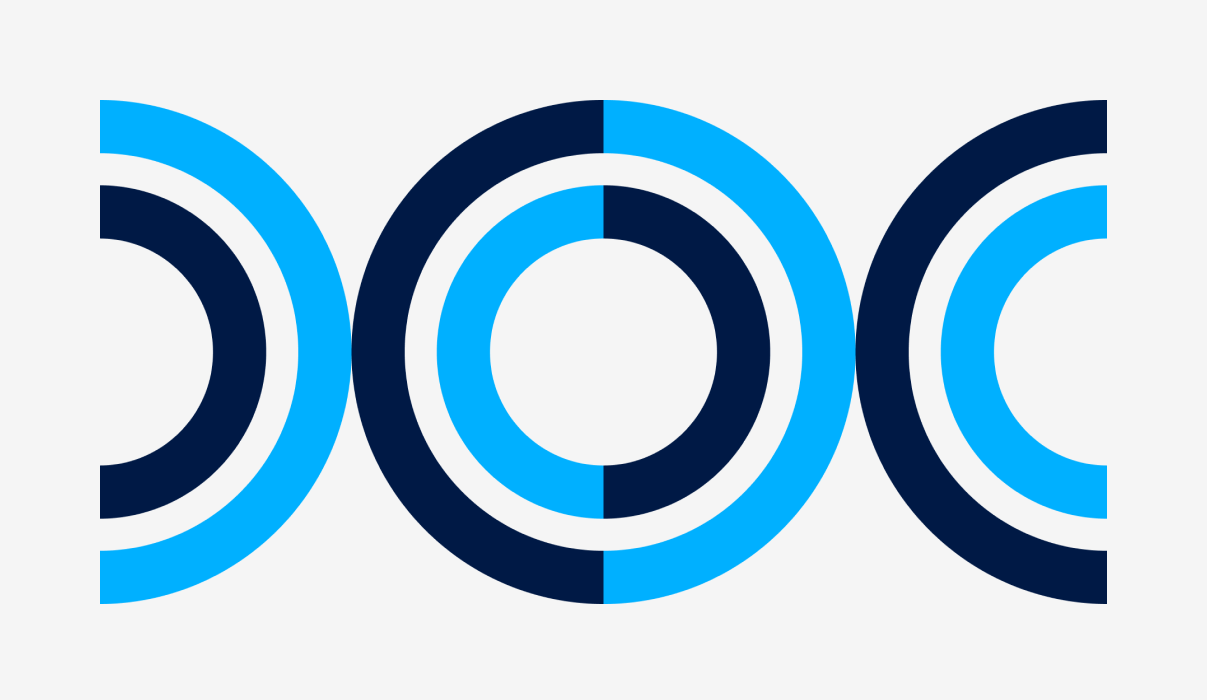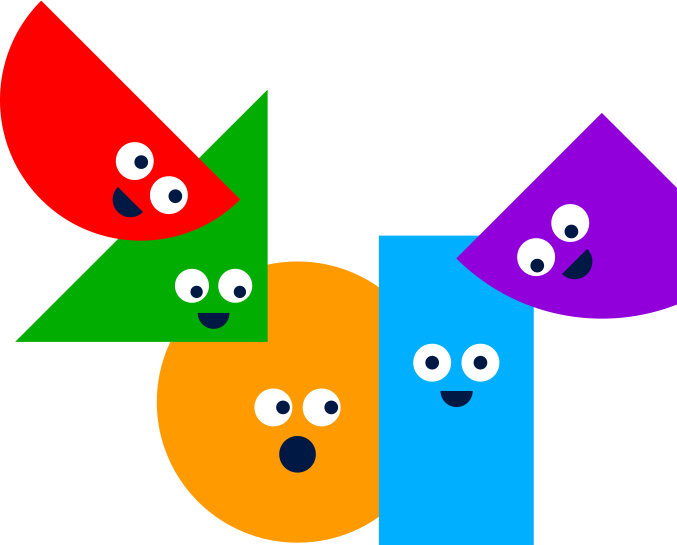Turtl is a platform for creating digital assets like magazines and reports. The format allows users to add some interactivity to their docs and track content performance.
Turtl’s flipbook-esque content is easy to create, and the platform has some solid analytics. But the tool’s structured format could be limiting for teams who want to create truly unique assets or adjust content based on performance. For businesses aiming to produce standout content at scale, this presents some serious roadblocks.
Want to empower non-designers to create without sacrificing design flexibility? There are some great Turtl alternatives out there. Let’s dive in.
Why look for a Turtl alternative?
Here are a few key reasons why a business might look for an alternative to Turtl:
Flexibility
For most organizations, content is no longer just a marketing thing. The HR team needs to create staff manuals and employee benefit guides. Sales is pushing out proposals by the dozen.
If you're creating content throughout the organization, flexibility is a must. Your chosen content platform needs to be versatile enough to cover all of these use cases rather than forcing content into a single format. While its fixed structure might work for some, companies with diverse content needs may find the Turtl platform too restrictive.
Creative freedom
Everyone should be able to create interactive content, regardless of design background. But in reality, to create truly stunning assets, your creatives typically need to lay some groundwork first.
This is where the Turtl platform falls down. The tool offers fixed templates as a way to speed up the creation process. But because you’re limited to the same page styles and layouts, creating anything truly custom can be a challenge.
Actionable insights
Content analytics are only useful if your platform gives you the flexibility to act on what you learn. When refining content in Turtl, any optimizations are limited to the platform's fixed templates and page-turning format.
To get the most out of your insights, you need a platform that lets you test, iterate, and optimize — without running into design constraints.
Brand governance
Advanced brand controls are key if you want your content to stand out. While Turtl offers basic branding options like limited colors, a fixed logo placement, and Google fonts, these defaults may fall short for a mature brand with a well-defined visual identity.
If you're an established organization where advanced brand customization is a must, you'll need to pay an additional fee to have Turtl's in-house developers build a custom theme.
Interactivity
Today’s audiences expect more than static PDFs or flipbook-style layouts — they want dynamic, interactive experiences that hold their attention. While Turtl content all follows a similar paginated structure, content platforms like Foleon offer a more fluid, web-like reading experience.
What to look for in a content platform
Thinking about moving away from Turtl? Here are some things that every content platform should have:
Balance of creative freedom and ease of use
Relying on design teams alone slows down your production process. But your chosen content solution should take the pressure off creative teams, not add to their frustrations. When looking for a Turtl alternative, opt for a platform that both business users and designers like to use.
Versatile enough for all your content needs
If your entire organization is creating content, a handful of standard, hard-to-adjust templates simply won’t cut it. If you’re aiming to create content at scale, choose a platform with a diverse template library and the ability to create and save your own custom templates.
Controlled content delegation
Empowering everyone in the business to create content themselves is great — until you spot an off-brand brochure or an error-ridden white paper out in the wild. Look for a solution that lets you manage content centrally and keeps all your assets in line with your brand standards.
A format built for modern readers
Flat, flipbook-esque content won’t keep your audience engaged for long. Look for formats that provide your audience with an immersive, dynamic experience that’ll keep them reading.
5 alternatives to Turtl
There are some great Turtl alternatives out there for teams looking for an easy-to-use solution that’s also flexible enough for their content needs:
Pagestrip
A digital publishing platform for creating interactive content.
Best for: Small-scale content teams looking to create one-off interactive content pieces.
Not ideal if: You’re producing and managing a high volume of content.
Pros:
- Advanced website embedding capabilities.
- Some content management features such as the ability to bundle stories and schedule publications.
Cons:
- Lacks features to support ongoing content production, such as team workflows, approval processes, or version control.
- Lacks features like templates, workspaces, and brand kits for ensuring brand compliance at scale.
- Pricing is set up for one-off projects rather than ongoing content production.
Ceros
A design tool for creating interactive, web-based content.
Best for: Experienced designers looking to make their docs more interactive.
Not ideal if: You’re struggling with limited design capacity or you want to create a large volume of content across teams and business units.
Pros:
- Creative freedom and design flexibility.
- Advanced storytelling features like animations, hover effects, and transitions to increase engagement.
Cons:
- Ceros is built with designers in mind — and it shows in their platform.
- Steep learning curve for those without a technical or design background.
- Ceros docs aren’t automatically responsive, so extra design time is required to create mobile versions.
- Little variation between users, making it hard to adjust permissions to specific roles.
- Ceros is another design tool — it doesn’t solve the issue of being dependent on designers.
- Limited analytics.
Tiled
A tool that adds an interactive “tile” onto static content.
Best for: Creative teams who want to add some interactivity to pre-designed docs.
Not ideal if: You want to transform your creation process and produce uniquely engaging content that goes beyond the limitations of an interactive layer.
Pros:
- Minimal technical expertise required.
- Built-in analytics.
Cons:
- Requires an additional design tool, which adds another step to the process.
- Not automatically responsive — you have to create a separate version of your content for mobile.
- Not truly interactive, since Tiled adds an interactive layer on top of static content.
- Limited design possibilities once content is in Tiled.
- Tiled creates "micro-apps" that aren't accessible and add extra loading time.
Joomag
A platform for publishing digital magazines.
Best for: Teams looking for a way to publish simple digital magazines.
Not ideal if: You’re looking for design flexibility or want to produce content for a range of use cases.
Pros:
- User-friendly interface suitable for non-technical users.
Cons:
- Limited interactivity — Joomag publications are similar to flippable PDFs in terms of experience.
- Narrow focus on publishing digital magazines — not ideal for organizations with diverse content needs.
- Publications don’t work well on mobile devices, according to users.
Foleon
Foleon is a content creation platform that allows business users to create interactive, on-brand documents at scale.
Best for: Enterprise or mid-sized businesses with complex content needs and want to produce a variety of assets at scale, whilst managing brand standards and security compliance centrally.
Not ideal if: You’re only producing low volumes of content or you’re looking for a fully custom website experience.
Pros:
- Easy to use, so everyday business users can create stunning interactive content themselves — no coding or design skills required.
- Dedicated workspaces and tools for governance and security-focused teams like IT.
- Suitable for a range of use cases, from sales to marketing to employee communications.
- Collaboration and governance features like workspaces, brand controls, and role-based permissions.
- Advanced features to enhance engagement like full-screen background videos, animated data visualizations, and parallax effects.
- In-depth built-in analytics and CRM integrations.
- Best suited for digital-first content rather than static assets or print.
- No-code platform doesn’t offer the same level of customization as a website or CMS.
Final thoughts on Turtl alternatives
Finding the right platform to produce and manage your business docs depends on factors like the size of your organization, who’s creating content (and for what), and the level of design flexibility you’re looking for.
If you just need to convert some PDFs into flippable content and don’t mind if it looks the same as every other Turtl doc out there, then a tool like Turtl is a quick and easy solution. If you want to balance creative freedom with ease of use, plus a platform that’s versatile enough for all of your content needs, then Foleon is the way to go.
Curious how Foleon compares to Turtl? Check out our side-by-side comparison.




